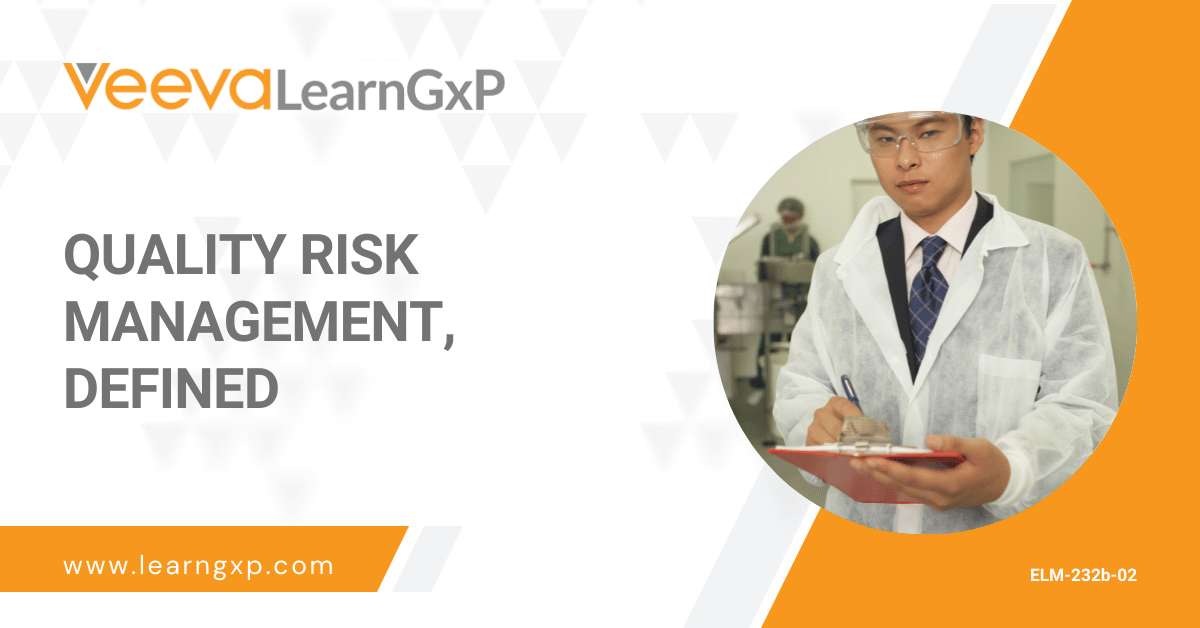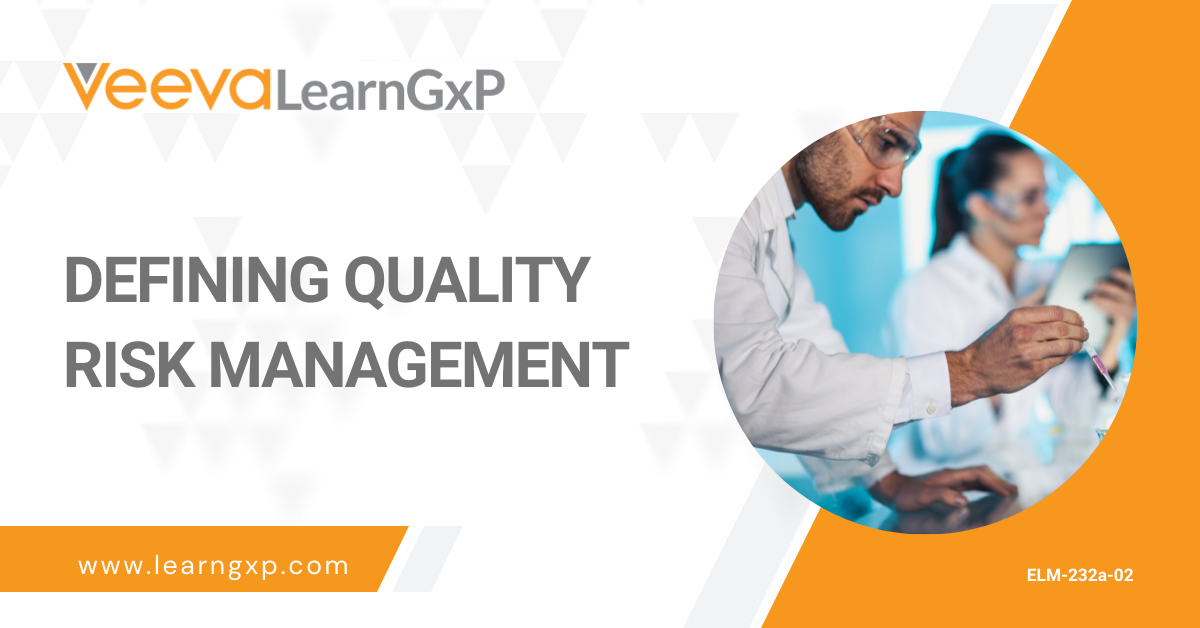In November 2005, The I.C.H. organization published ICH Q9 Quality Risk Management for applying risk management processes to quality subjects.
ICH Q9 – Quality Risk Management guideline provides principles and examples of the tools of quality risk management that can be applied throughout the lifecycle of drug substances, medicinal drug products, biological, and biotechnological products.
ICH Q9 has two annexures
Annexure 1 provides a general overview of the primary tools that are used in quality risk management by industry and regulators.
These risk management methods and tools are:
- Failure Mode Effects Analysis (or F.M.E.A.)
- Failure Mode Effects & Criticality Analysis (or F.M.C.E.A.)
- Fault tree analysis (or F.T.A.)
- Hazard Analysis of Critical Control Points (or H.A.C.C.P.) Hazard Operability Analysis (or HAZOP)
- Risk Ranking and Filtering Preliminary
- Hazard Analysis (or P.H.A.)
A more detailed review of these methods and tools will be provided later in this course.
Annexure 2 identifies potential applications of quality risk management and how quality risk management may be used as part of an integrated quality system, or throughout the product quality lifecycle.
Annexure 2 identifies quality risk management as part of the following organizational work areas:
- Integrated Quality Management
- Regulatory Operations
- Development
- Facilities, Equipment And Utilities
- Materials Management
- Production
- Laboratory Control And Stability Studies
- Packaging And Labeling





